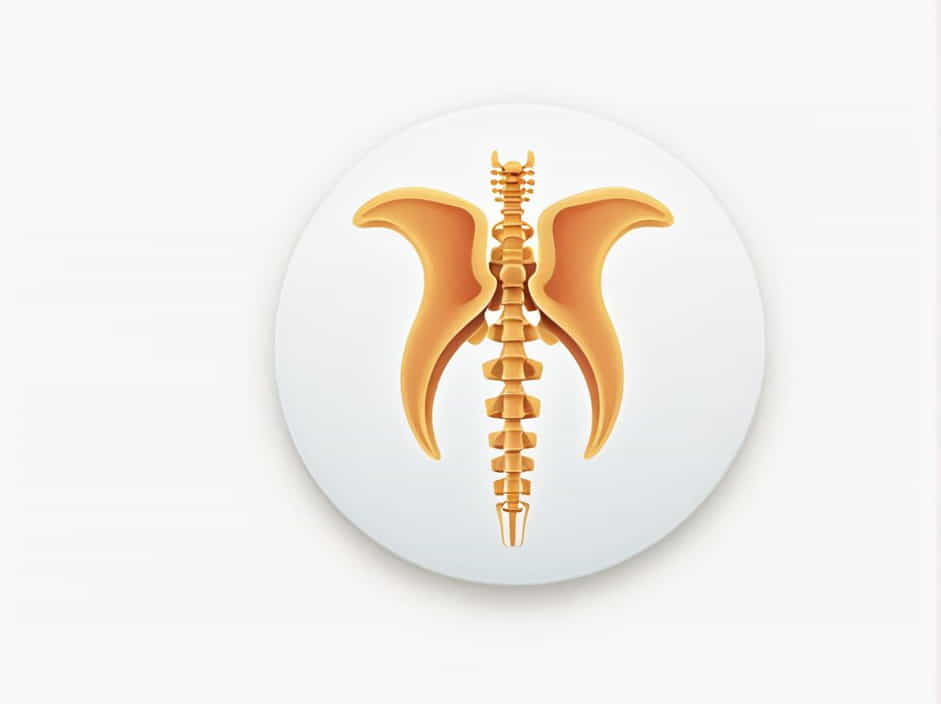The medical name for the hip bone is the pelvis. This strong, complex structure connects the spine to the lower limbs, playing a crucial role in movement, weight-bearing, and protection of internal organs. The pelvis is more than just a single bone—it is made up of several parts that fuse together to create a stable yet flexible foundation for the body.
In this topic, we will explore the anatomy of the pelvis, its functions, common conditions affecting the hip bone, and why understanding the pelvis is important for both medical professionals and the general public.
What is the Medical Name for Hip Bone?
The Pelvis
The correct medical term for the hip bone is the pelvis. The pelvis is actually a ring-like structure formed by the fusion of three bones on each side:
- Ilium
- Ischium
- Pubis
Together, these bones create the os coxae, which is the formal name for each side of the pelvis.
Components of the Pelvis
Each side of the pelvis joins with the sacrum at the back and meets the femur at the hip joint. This makes the pelvis a key part of both the axial skeleton (spine and sacrum) and the appendicular skeleton (limbs).
The Three Bones That Form the Pelvis
1. Ilium
Location and Description
The ilium is the largest of the three pelvic bones. It forms the wide, fan-like upper part of the hip bone that you can feel when you place your hands on your hips.
Functions
- Provides attachment points for important muscles.
- Distributes weight from the spine to the legs.
- Contributes to the formation of the acetabulum, the socket of the hip joint.
2. Ischium
Location and Description
The ischium forms the lower and back part of the pelvis. It includes the ischial tuberosity, the bony area that supports body weight when sitting.
Functions
- Provides attachment for hamstring muscles.
- Forms part of the acetabulum.
- Acts as a support structure for sitting.
3. Pubis
Location and Description
The pubis is located at the front of the pelvis. The left and right pubic bones meet at the pubic symphysis, a cartilaginous joint that provides slight flexibility.
Functions
- Supports abdominal organs.
- Forms the front section of the acetabulum.
- Plays a role in pelvic stability.
Key Landmarks of the Hip Bone
Acetabulum
The acetabulum is the deep socket where the head of the femur fits, forming the hip joint. This ball-and-socket joint allows for a wide range of movement, from walking to rotating the leg.
Iliac Crest
The iliac crest is the upper edge of the ilium. It serves as an important muscle attachment site and a landmark for medical procedures like lumbar punctures.
Obturator Foramen
This large opening between the ischium and pubis allows nerves and blood vessels to pass through the pelvis to the lower limb.
Functions of the Pelvis
1. Weight Bearing
The pelvis acts as the main bridge between the upper and lower body, distributing the weight of the torso to the legs.
2. Movement and Mobility
Through the hip joints, the pelvis enables essential movements like walking, running, squatting, and climbing stairs.
3. Protection of Organs
The pelvic cavity protects important organs, including:
- Bladder
- Reproductive organs
- Portions of the intestines
4. Childbirth
In females, the pelvis is wider and more flexible to accommodate childbirth. This is known as the obstetric pelvis, which plays a critical role during labor and delivery.
Common Medical Conditions Affecting the Hip Bone
Hip Fractures
A fracture of the pelvis or hip bone is a serious injury, especially in older adults with osteoporosis. Falls are the leading cause of pelvic fractures.
Hip Dysplasia
This condition occurs when the acetabulum is too shallow, preventing proper coverage of the femoral head. It can lead to instability and early arthritis.
Pelvic Inflammatory Disease
Infections in the pelvic cavity can spread to the bones and surrounding tissues, causing pelvic pain and requiring medical treatment.
Osteoarthritis
The hip joint is prone to degenerative changes over time, especially when the cartilage in the acetabulum wears down, leading to pain, stiffness, and reduced mobility.
Importance of Strong Pelvic Muscles
Muscles Surrounding the Pelvis
Several important muscle groups attach to the pelvis, contributing to stability and movement:
- Gluteal muscles for hip extension and abduction.
- Hip flexors for lifting the leg.
- Adductors for bringing the leg toward the midline.
- Core muscles for spinal and pelvic stability.
Benefits of Strong Pelvic Muscles
- Reduced risk of hip and lower back pain.
- Better balance and posture.
- Improved performance in sports and daily activities.
Imaging and Diagnosis of Pelvic Issues
X-Ray
Standard imaging technique to evaluate fractures, joint space, and bone alignment.
MRI
Provides detailed images of soft tissues, such as ligaments, cartilage, and muscles around the pelvis.
CT Scan
Useful for complex fractures or detailed bone assessment.
Exercises to Strengthen the Hip and Pelvis
1. Bridges
Lying on your back and lifting the hips engages the gluteus maximus and strengthens the back of the pelvis.
2. Clamshells
This exercise targets the gluteus medius, a critical muscle for pelvic stability.
3. Hip Flexor Stretch
Maintaining flexibility in the front of the hip helps balance muscle tension around the pelvis.
4. Single Leg Balance
Standing on one leg challenges the stabilizers of the pelvis, improving functional strength.
Tips for Maintaining Pelvic Health
- Stay active with regular exercise.
- Maintain a healthy weight to reduce pressure on the hip joints.
- Practice good posture to avoid unnecessary strain.
- Seek medical attention for persistent pain or mobility issues.
The medical name for the hip bone is the pelvis, a vital part of the body that supports weight, enables movement, and protects internal organs. Understanding the anatomy and function of the pelvis helps us appreciate its importance in daily life and overall health. By keeping the pelvis strong and mobile, we can reduce the risk of injuries and enjoy better quality of life well into old age.
